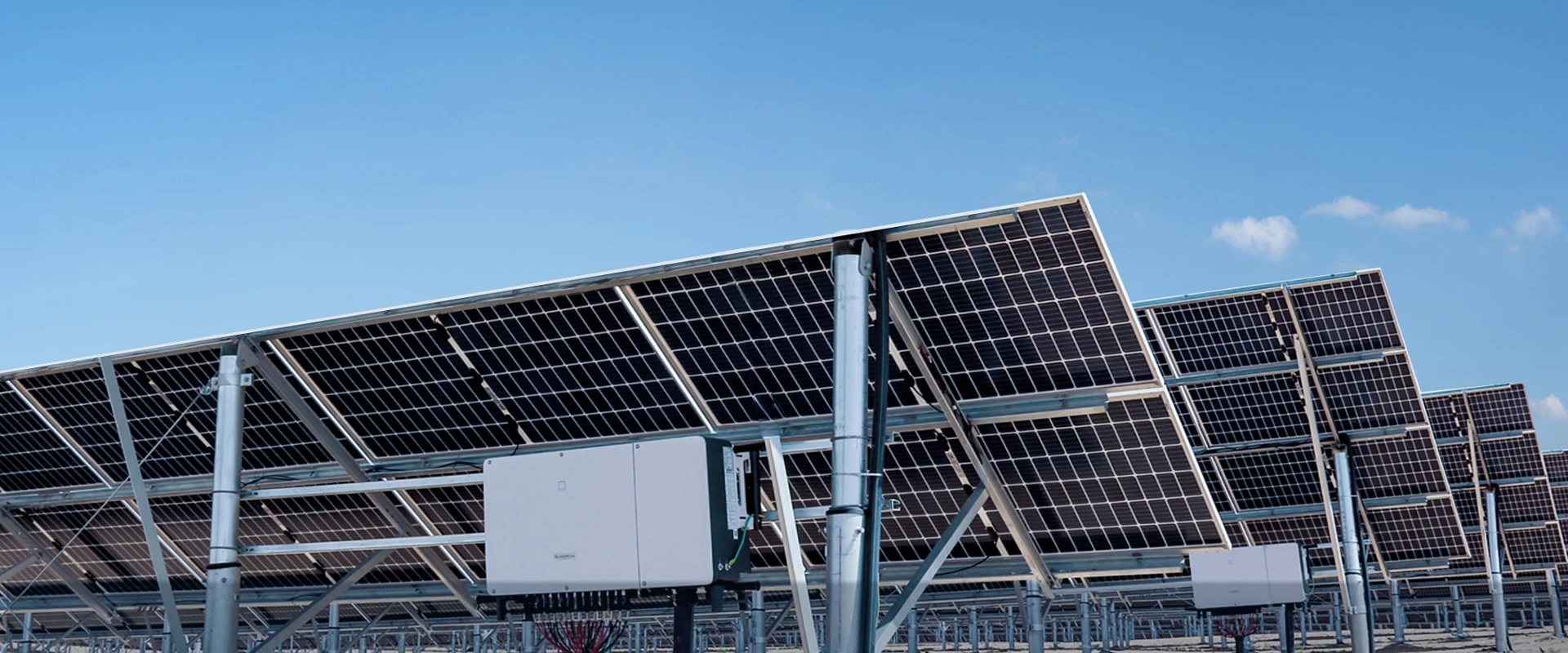polycrystalline solar panel size
Understanding Polycrystalline Solar Panel Sizes
In the field of renewable energy, solar power has emerged as a leading solution for reducing carbon footprints and promoting sustainability. Among the various types of solar panels available, polycrystalline solar panels have gained popularity due to their efficiency and affordability. One critical factor that often influences consumers' choices is the size of these panels. In this article, we will explore polycrystalline solar panel sizes, their implications, and their role in solar energy systems.
What Are Polycrystalline Solar Panels?
Before diving into sizes, let's briefly understand what polycrystalline solar panels are. These panels are made from silicon crystals that are melted together. Unlike monocrystalline panels, which are created from a single crystal structure, polycrystalline panels consist of multiple silicon fragments and are identifiable by their bluish hue and speckled appearance. They are known for their lower production cost compared to monocrystalline panels, which makes them an attractive option for many homeowners and businesses.
Common Sizes of Polycrystalline Solar Panels
Polycrystalline solar panels vary in size, but there are some standard dimensions that are commonly found in the market. The most typical size for residential solar panels is around 65 inches by 39 inches (approximately 1.65 meters by 1 meter). These panels usually have a power output ranging from 250 to 320 watts.
In commercial applications, larger panels are often used, with dimensions of around 78 inches by 39 inches (about 1.98 meters by 1 meter) and power outputs that can exceed 400 watts. The size you choose for your solar panel installation can significantly impact the overall performance and efficiency of your solar energy system.
Factors Influencing Panel Size Selection
1. Available Space One of the primary considerations when choosing polycrystalline solar panels is the available roof space or land area. Smaller panels are beneficial for rooftops with limited space, while larger panels can be more suitable for expansive grounds.
polycrystalline solar panel size

2. Energy Needs The size of the solar panel system you choose depends on your energy consumption. Calculating your household or business energy needs will help determine how many panels you require and their respective sizes.
3. Installation Type Different installation types—roof-mounted, ground-mounted, or solar farms—may require different panel sizes. For instance, roof-mounted installations often favor smaller panels that can fit the available space and follow the roof's contour.
4. Aesthetic Considerations For some homeowners, the appearance of solar panels is a significant factor. Smaller, more compact panels can sometimes blend better with the architecture of a home, while larger panels might be more visually dominant.
Benefits and Drawbacks of Polycrystalline Sizes
Choosing larger polycrystalline panels can lead to greater efficiency, as they typically produce more power per panel, which means fewer panels are required overall. On the flip side, larger installations may require more substantial mounting systems and considerations for structural support.
Smaller panels, on the other hand, can be easier to manage during installation and may suit limited spaces better. However, they might require a higher quantity to achieve the same energy output as larger panels, potentially leading to increased labor and installation costs.
Conclusion Finding the Right Fit
In conclusion, selecting the right size of polycrystalline solar panels is crucial in maximizing your solar energy system's effectiveness. It's essential to balance your energy needs, available space, and aesthetic preferences when choosing the size of your solar panels. Consulting with a professional solar installer can provide valuable insights to ensure that you make an informed decision tailored to your specific circumstances.
As the world continues to shift towards renewable energy solutions, understanding the nuances of polycrystalline solar panel sizes will empower consumers to make wise choices in the pursuit of sustainable energy. With advancements in technology and increased awareness of eco-friendly practices, the future of solar energy looks bright, and finding the right fit for your solar system is the first step in harnessing that potential.
-
String Solar Inverter: The High-Efficiency Solution for Smart Solar EnergyNewsJul.14,2025
-
Revolutionizing Rooftop Energy with the Power of the Micro Solar InverterNewsJul.14,2025
-
Power Independence with Smart Off Grid Solar Inverter SolutionsNewsJul.14,2025
-
On Grid Solar Inverter: Powering the Future with Smart Grid IntegrationNewsJul.14,2025
-
Monocrystalline Solar Panels: High-Efficiency Power for the Future of Clean EnergyNewsJul.14,2025
-
Bifacial Solar Panel: A Smarter Investment for Next-Generation Energy SystemsNewsJul.14,2025







